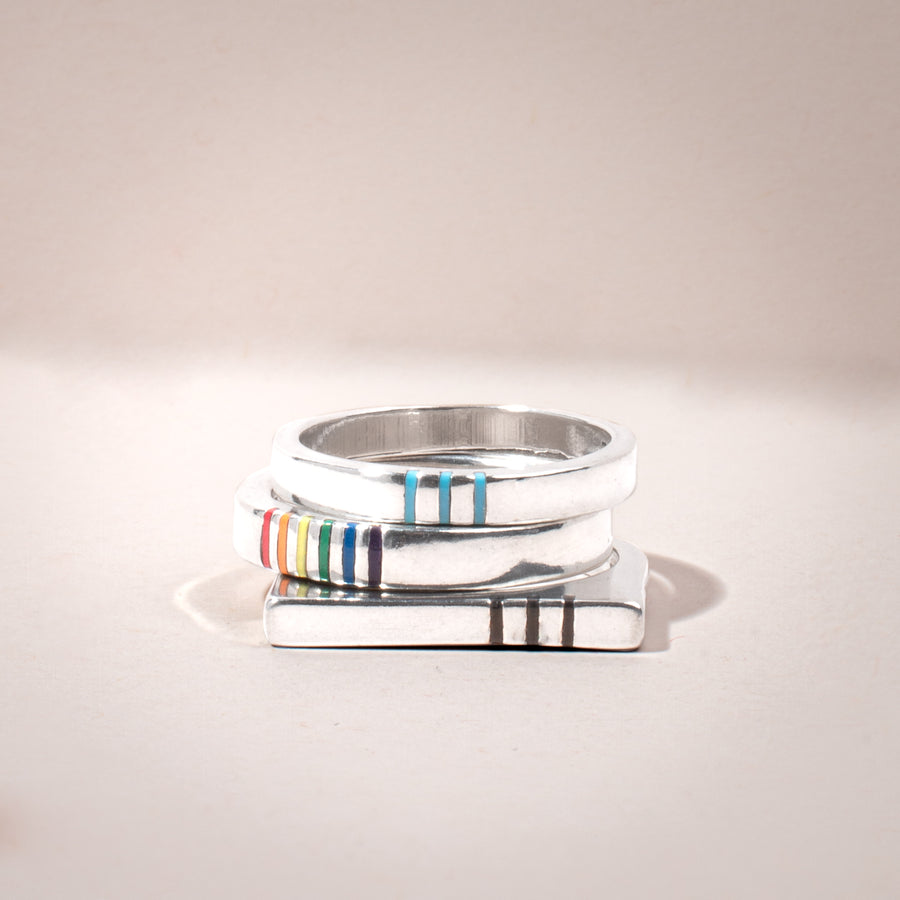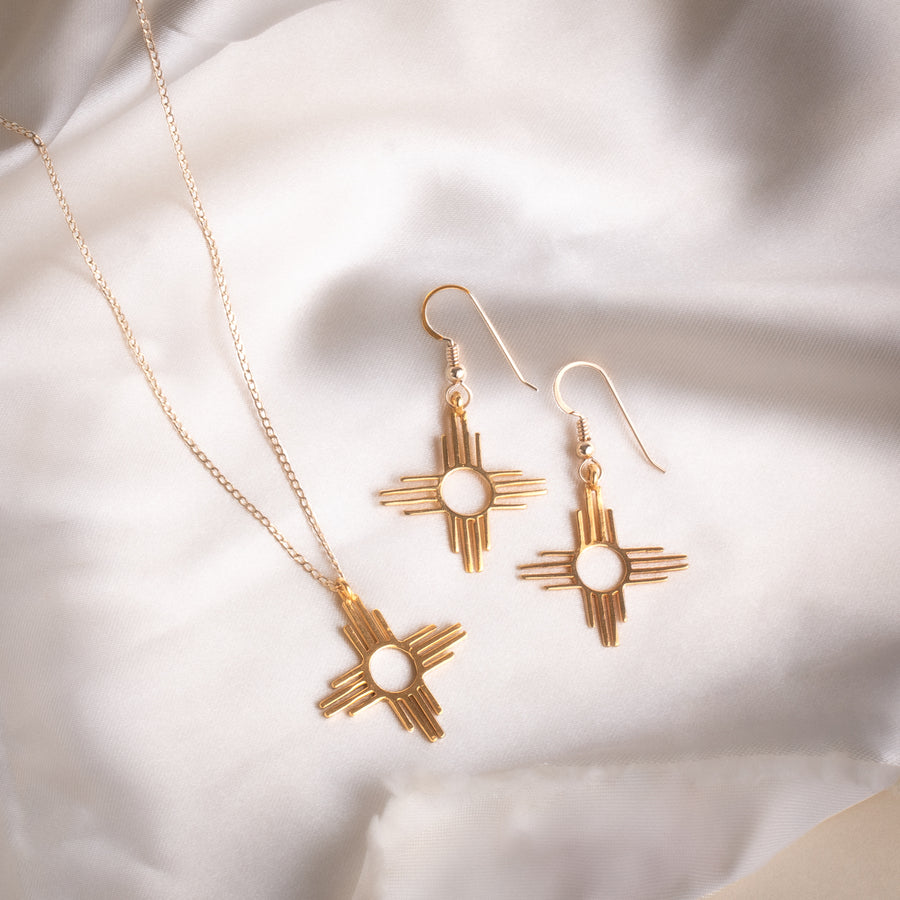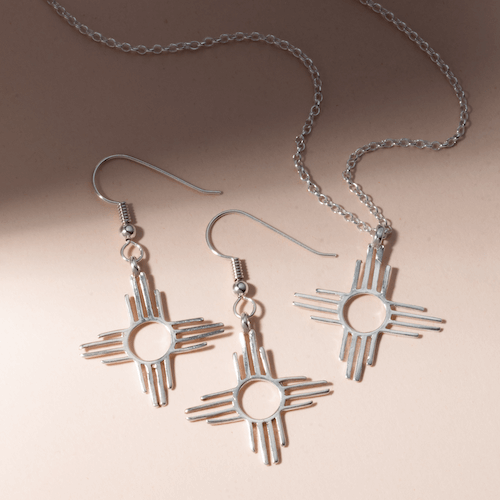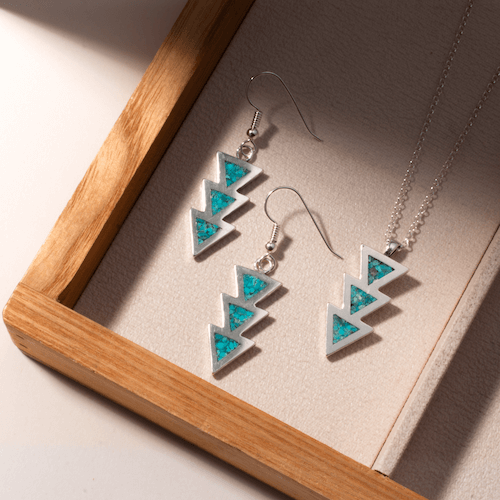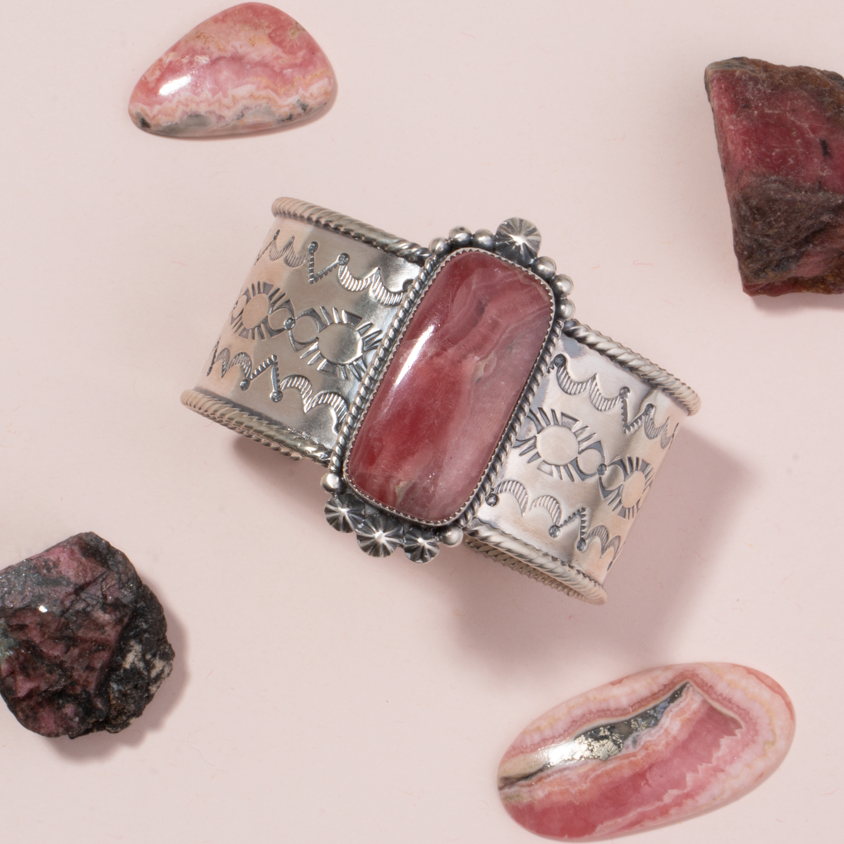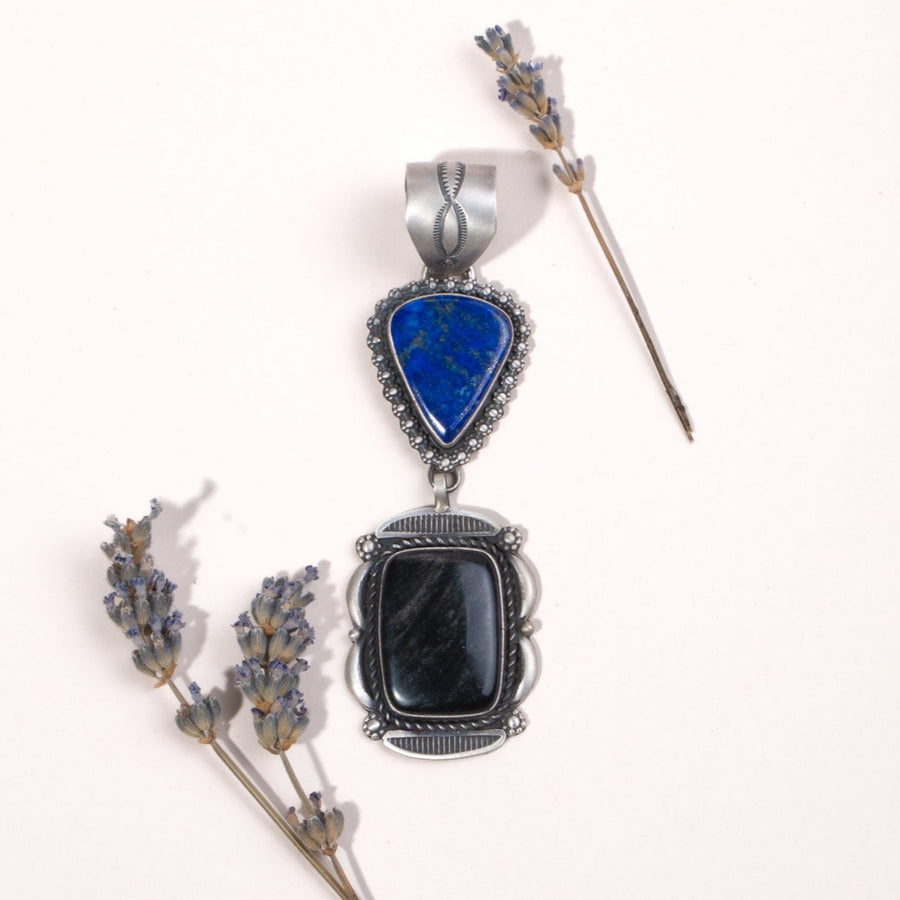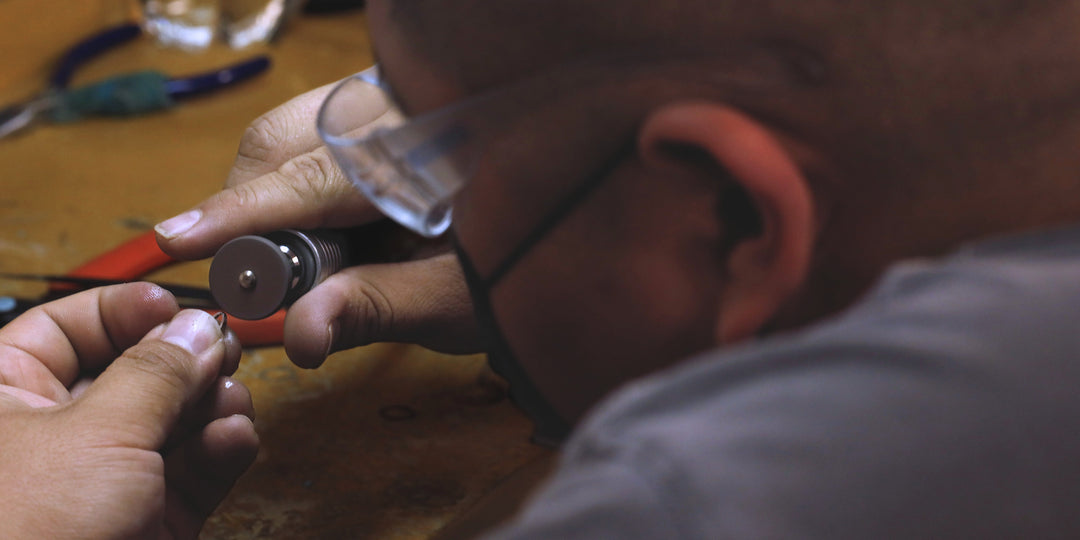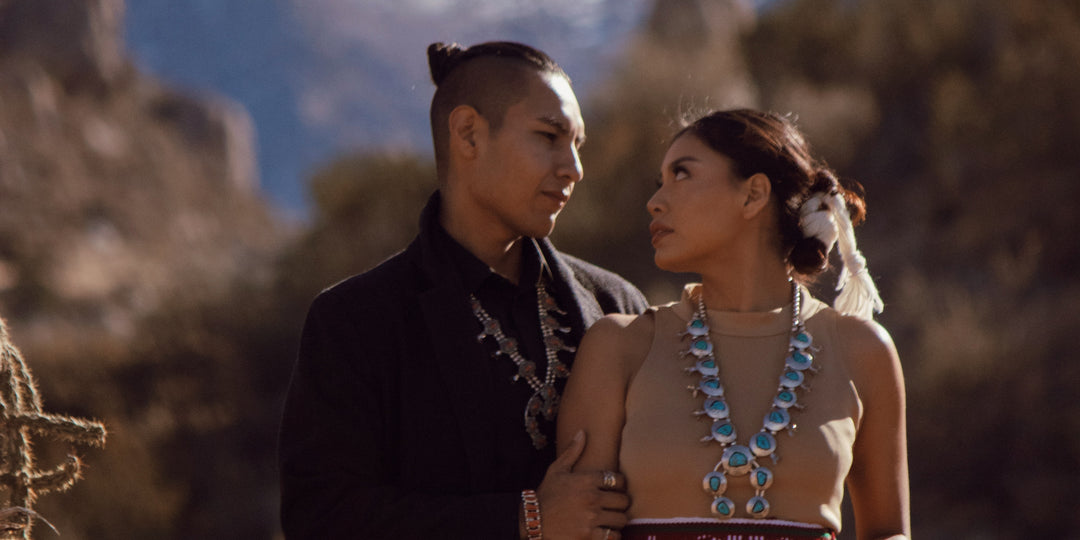Rock Talks with Jessyca Ruth: Talking with Jasper
Rock Talks Episode 2
Transcription
Hi everyone, my name is Walker Martin here at Turquoise Skies. This is Jessyca Ruth and today we are going to talk about JASPER.
WM – Okay Jessyca, what is jasper?
JR – Jasper, is a member of the quartz family. It is closely related to quartz and agate, but what makes jasper, jasper, is its opaque nature. Meaning you can’t see through it. So it’s a nice solid color.
WM – And where does most jasper come from?
JR – Jasper, is found all over the planet. These however are all local. All found in NM.
WM – Well it looks like there’s a lot of different colors here. Why are there different colors?
JR – Mineralization. Mineralization causes different colors. When they are forming, you can see with this rock (brecciated rock), it absorbs minerals, and as it does that the different mineral cause different colors. Such as iron that causes the red.
WM – How long does it usually take to polish this rock? Is it a hard rock or…?
JR – It’s a medium rock on the mohs scale for hardness. It’s about a 6.5. It has a little bit of difficulty when polishing. It takes 20-30 min to get a finished stone. These are all natural stones, where I let go in the tumbler and then flatten the backs so they could be set.
WM – And do you like working with jasper; is it a nice stone to work with?
JR – It’s one of my favorite stones. It’s what actually called me rock polishing because of it’s nice deep colors.
WM – How old is jasper? How long have people been using it?
JR – Jasper is one of the oldest known used minerals. In gemstones, in ceremonies, and bow drills.
WM – So where did jasper get its name.
JR – Its origin is both Greek and Arabic and it means spotted stone.
WM – How did these become spotted, in the geological way?
JR – That again is through mineralization. What happens there is different minerals form in different weights and so the spots happen from distribution of the minerals as it’s forming.
WM – So do you see a lot of jasper in jewelry?
JR – It’s one of the oldest forms of stones used in jewelry. The red jasper is very predominant because of its deep, deep color. I have examples of some banding over here so you can see just so you can see just how deep the reds and yellows can be.
WM – So how many different kinds of jasper are there?
JR – Well locally I have found at least seven different kinds, but is worldwide. It is found all over the Middle East. It is found all over Africa. And some really rare ones come from the coast of Africa, but we don’t have any examples of those today.
WM – So what do you have here?
JR – These are local examples. All found within New Mexico. You have the brecciated version, you have the solid versions, and then you have this one which is kind of a combination of the two.
WM – Tell us a little more about the jasper in this region.
JR – Well jaspers been used since ancient times here. It was often known the water stone. They used it in rain making ceremonies. It’s always been used in jewelry, so people have been decorating jewelry with it for a long time. It’s also been found in arrow heads so it’s a good, hard, stone.
WM – So it’s a very spiritual stone; for a lot of cultures?
JR – It is. For a lot of different reasons.
WM – Can you tell me a little more about the cultural significance of it?
JR – It’s a stone that’s been used in ceremonies for many, many years. It connects one with the Earth so it’s a very sensitive stone. So when you carry it, you’re supposed to feel the Earth and connect you with the spirits.
WM – I feel it already. It’s so smooth. This is a polished stone already?
JR – That was actually was naturally polished in the river. That one I didn’t tumble.
WM – Thank you for watching everyone, and thank you Jessyca for hosting this Rock Talks.
JR – Hope to see you next time on Rock Talks. Next time we’ll be talking about agates.
